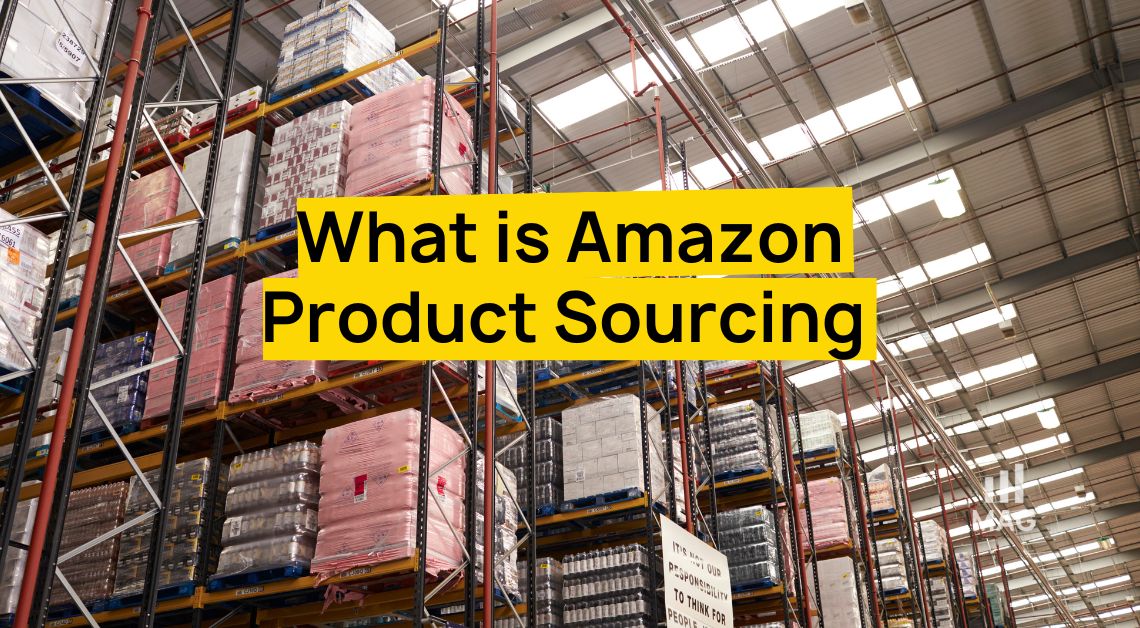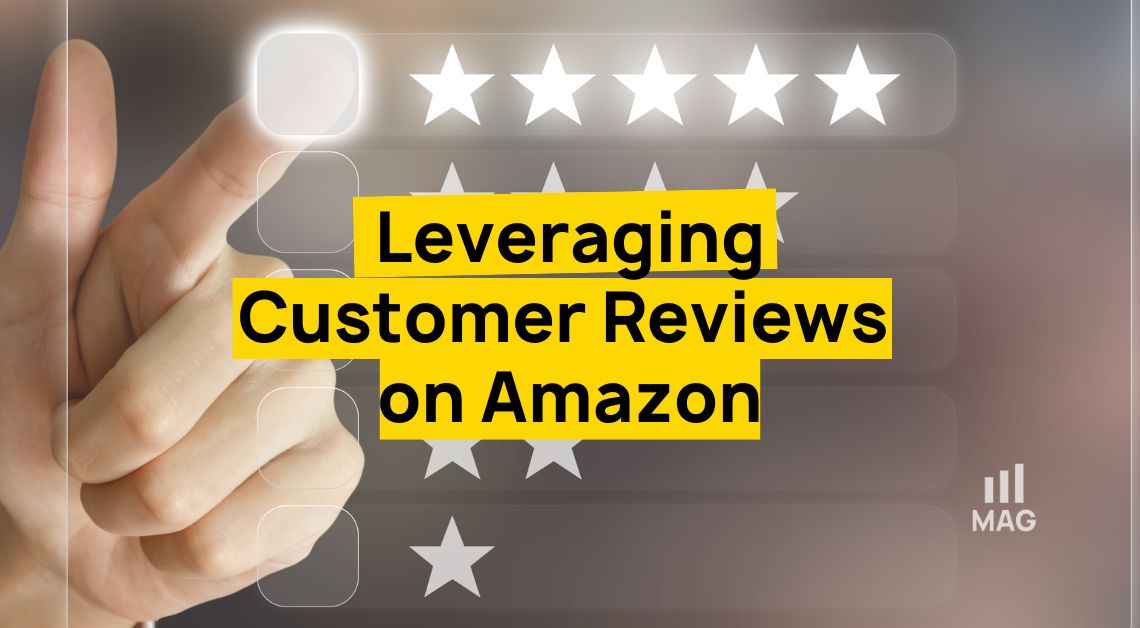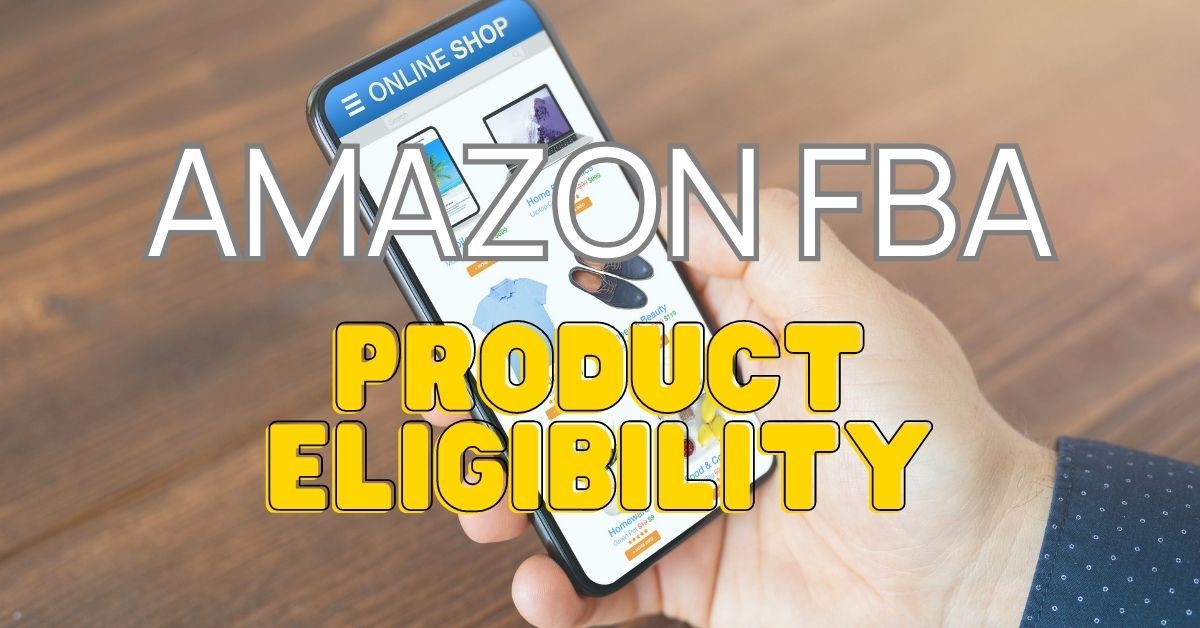Have you ever wondered why certain products appear at the top of your search results on Amazon, while others seem buried deep within pages? This is due to the A9 Algorithm, the search engine behind Amazon.
Understanding how A9 determines product placement is crucial for any Amazon seller hoping to gain a competitive edge. This comprehensive guide will look into the complexities of the A9 search algorithm.
We’ll explore the key factors it considers when ranking products, and provide practical strategies to optimize product listings for better search visibility and higher sales. By the end of this guide, you’ll be well-equipped with a game plan to ensure your products rank higher in the Amazon search results.
Amazon SEO: What You Need to Know
Amazon Search Engine Optimization (SEO) involves optimizing your listings to improve their visibility on Amazon.
Unlike traditional search engines (like Google) which focus on ranking websites for informational queries, Amazon SEO prioritizes listings that are likely to convert into a purchase. Understanding how Amazon’s A9 works is crucial for this.
What is Amazon A9 and How Does It Work
A9 is the core of Amazon’s search engine, determining which products appear in response to a user’s search query. Amazon’s primary goal is to match customers with products they are likely to buy, making it essential for sellers to optimize their listings accordingly.
While the exact workings of the Amazon search algorithm are a closely guarded secret, we know it evaluates two main factors: relevance and revenue.
Relevance
The algorithm assesses how well your product listing matches the search terms entered by the customer. This involves analyzing keywords in the product title, description, bullet points, and backend search terms.
Revenue
The algorithm evaluates the performance history of the product, including conversion rates, customer reviews, and sales velocity. High-performing products are prioritized in search results.
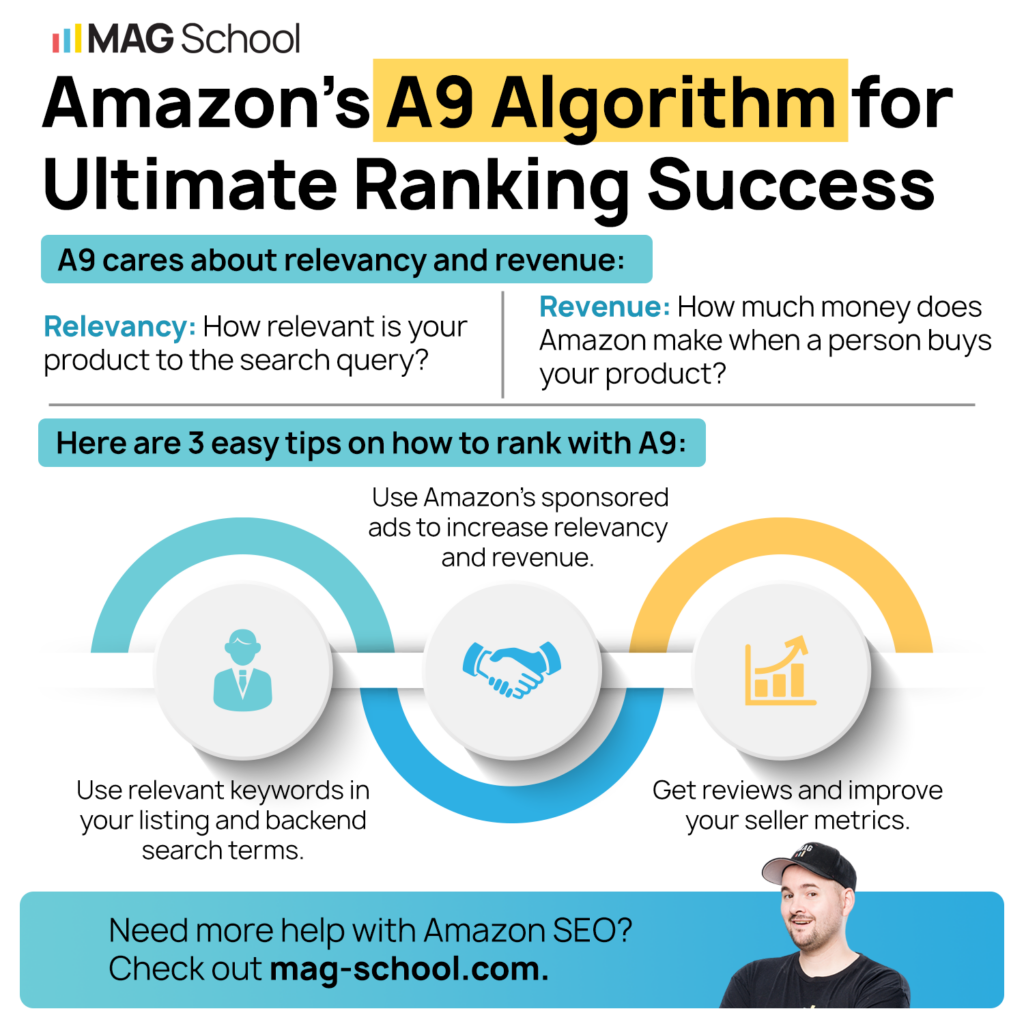
Factors that Affect the Amazon A9 Algorithm
Understanding the factors influencing A9 is essential for sellers to improve their product’s ranking and searchability on Amazon. A9 evaluates various aspects of your product listings to determine their relevance and revenue.
Prioritizing these elements will help you optimize your listings to better align with what the algorithm looks for, ultimately boosting your chances of appearing higher in search results.
Factors Related to Relevance
Product Title and Brand Name
The product title and brand name are crucial elements of your listing because they are the first things customers see in search results.
To maximize their impact, incorporate the most relevant search terms that customers are likely to use. Keep your title concise, ideally around 60 characters, and align it with how your product is labeled.
Include essential details such as color, size, and quantity to give potential buyers a clear understanding of what you offer. Prominently display your brand name to build trust and enhance recognition.
Backend Keywords
Although these keywords are not visible to customers, they play a role in helping Amazon’s search algorithm understand what your product is about. Utilize backend keywords to include relevant search terms that might not fit naturally into your product title or description.
Consider synonyms, alternative spellings, and related terms that customers might use. Ensure these keywords are relevant and avoid unnecessary repetition.
Product Description
A compelling product description should provide a thorough overview of the product, including its features, benefits, and any other important details to help customers make an informed decision.
Engaging descriptions naturally integrate relevant search terms while focusing on the customer’s needs and interests. Keep your description informative yet concise, aiming for a length under 2,000 characters to ensure clarity and readability.
Product Bullet Points
Product bullet points are key to quickly conveying the relevant product features and benefits. These points should emphasize the most important aspects using the right keywords.
Focus on addressing common customer pain points and explaining how your product effectively solves these issues. By clearly highlighting these points, you make it easier for potential buyers to understand why your product is the best choice for them.
QA (Question & Answer)
The Q&A section allows customers to ask questions about your product, providing an opportunity to gain visibility and build customer trust. Incorporate keywords into your responses to help the algorithm better understand your product and its related search terms.
Offering clear, informative answers not only improves your product’s searchability but also boosts customer trust and confidence.
Factors Related to Revenue
Sales History
Sales history significantly impacts your product’s ranking on Amazon since you gain customer demand. A higher sales velocity improves your product’s position in search results.
Boost sales with Amazon PPC campaigns, promotions, and competitive pricing strategies.
CTR
CTR is a critical metric that indicates how relevant your product is to potential buyers. A high CTR suggests that your product is appealing to customers, which can lead to a better ranking.
Improve CTR by focusing on the optimization of your product titles, images, and descriptions to attract more clicks.
Product Images
High-quality product images are essential for boosting both click-through and conversion rates. Ensure your images meet Amazon’s requirements by using multiple angles and verifying that the zoom function works properly.
Good visuals help customers better understand your product, leading to higher engagement and sales. Refer to The Guide to Amazon Product Listing Images to get a better idea of how you can improve your images.
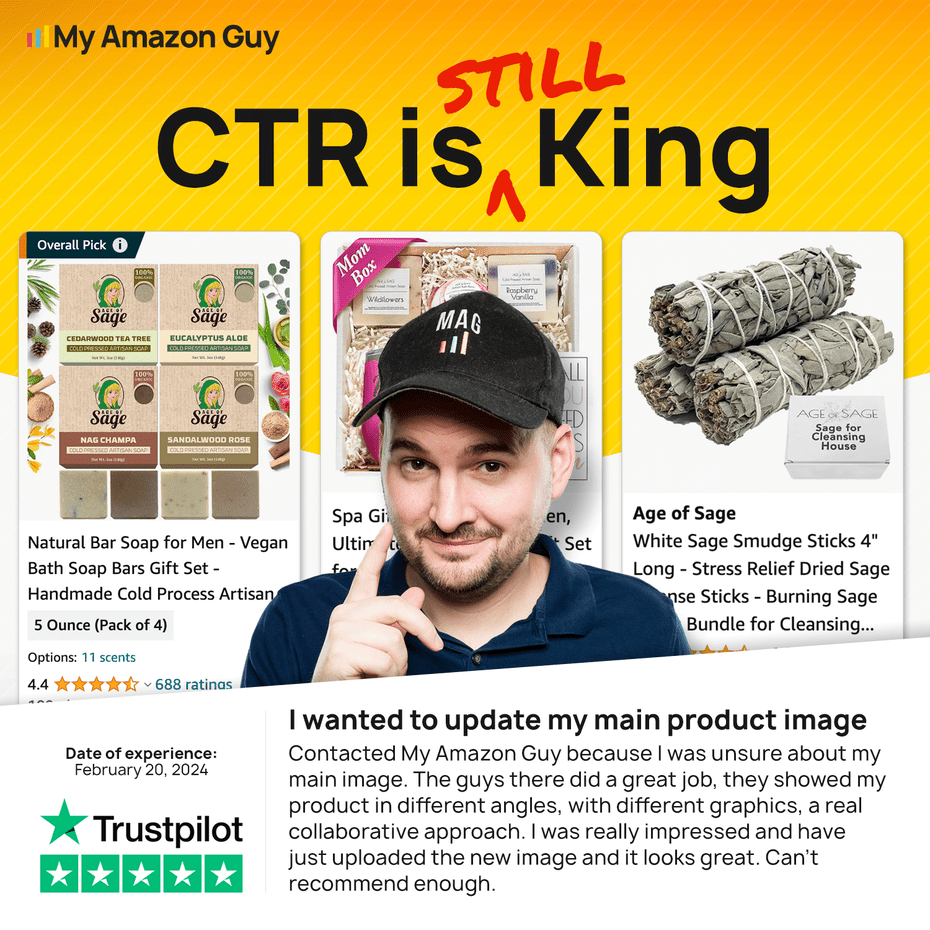
Reviews and Ratings
Positive reviews and high ratings have an impact on both conversion rates and product rankings. Monitoring and promptly responding to reviews can build trust and enhance the customer experience.
Actively managing your reviews and ratings helps to foster a positive reputation and encourage more sales. Consider using automated feedback monitoring tools such as Feedback Whiz to manage reviews efficiently.
Price
Pricing plays a crucial role in conversion rates and overall sales performance. Competitive pricing can positively impact your product’s attractiveness and encourage more purchases.
Regularly analyze your competitors’ prices and adjust your pricing strategy to stay competitive and maintain sales growth.
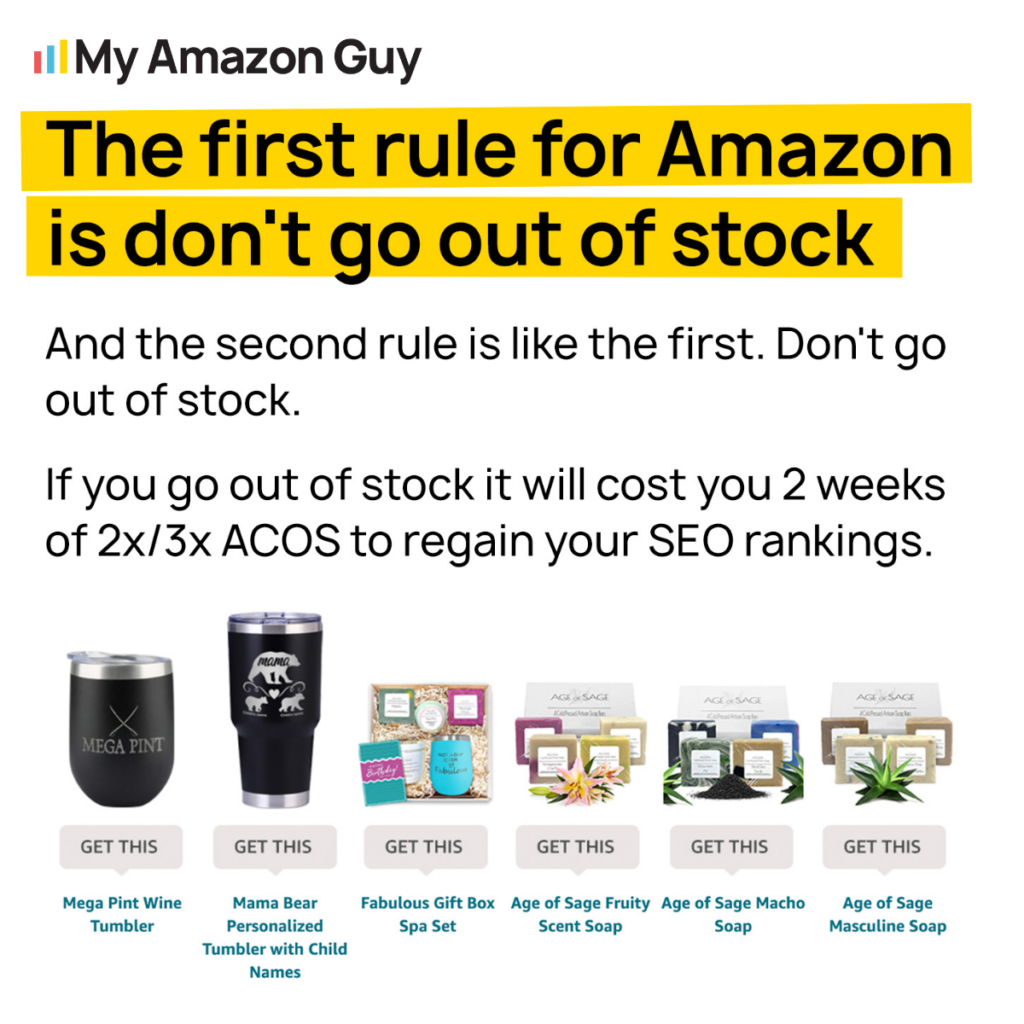
Stock Availability
Maintaining a consistent in-stock status is vital for sustaining sales performance and ranking.
Regular inventory replenishment and the use of an inventory management tool can help ensure you never run out of stock. This consistency helps maintain your sales momentum.
How to Optimize Amazon Listing to Fit A9 Algorithm
Now that you understand how the algorithm works and the factors that affect it, it’s time to know the best practices to enhance your listings in the Amazon marketplace.
In addition to considering the factors that affect A9, here are some practical strategies that I have implemented which gave me great results. Test them out yourself and use my video as a guide.
Improve All Other SEO Fields
- Keyword-rich Title: Include exact-match keywords at the beginning of your title. Amazon uses an autocomplete feature that you can utilize to identify relevant search terms.
- Optimized Bullet Points: Focus on including relevant keywords while making these points informative and engaging for the customer. Avoid keyword stuffing.
- Appealing Brand Story and A+ Content: Use these features to incorporate relevant keywords naturally within the product description.
- Strong Backend Keywords: Ensure the “Search terms” field (also known as backend keywords) is filled with relevant terms.
Include Keywords in the Main Image
Place relevant keywords within the main image of your product. This can significantly boost the click-through rate (CTR), which in turn, improves your SEO ranking.
Tools like Helium 10 can help you find high-volume, relevant keywords.
Make Use of Crawlable Text and Alt Text
Prioritize crawlable text (text search engines can easily read) for keyword integration. Note that alt text is still important for accessibility but may have a lesser impact on ranking factors.
Maximize the Q&A Section
Encourage customer questions and reviews to generate additional content containing relevant terms. You can even answer your own questions (within Amazon’s guidelines) to target specific keywords.

Utilize External Links
Although less impactful, consider including links to your website or influencer promotions that drive traffic back to your Amazon listing. This can improve your sales on Amazon while gaining brand awareness from other social media platforms.
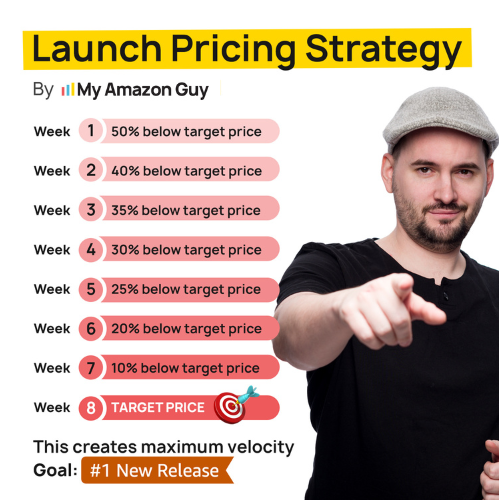
Implement Strategic Pricing
Don’t stick to static pricing. Experiment with price drops (even temporary ones) to entice customers and improve sales velocity.
A/B testing is your training ground in discovering the perfect price point. New products can start with a lower price and gradually increase as it gets established over time.
Final Thoughts
Understanding and optimizing the factors that the Amazon ranking algorithm (A9) prioritizes can significantly enhance your product’s searchability and ranking in the product search results. So, implement the optimization strategies in this guide to improve your Amazon product listings and see improved results in your sales performance.
Need help with your Amazon SEO? Contact our Amazon agency and we will help you!


